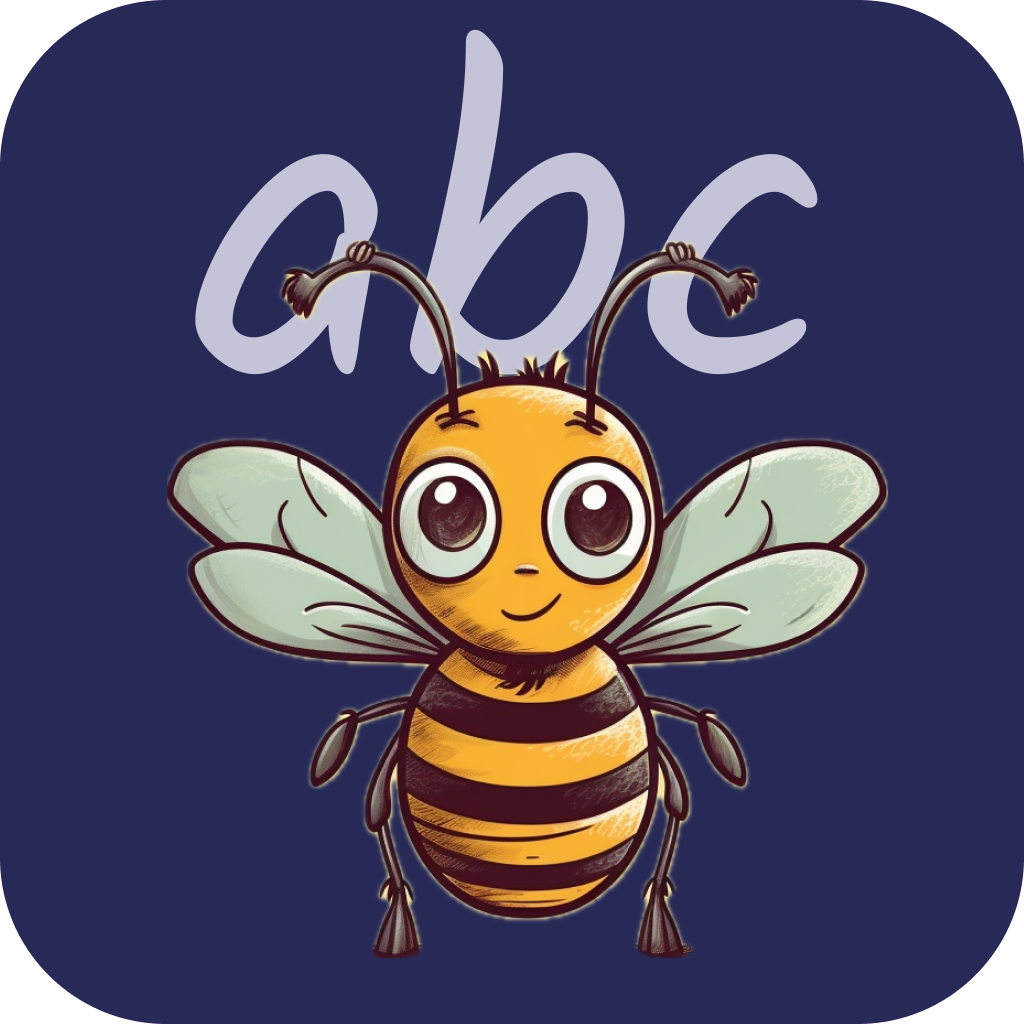Teaching children how to read is one of the most rewarding experiences for both parents and educators. Reading is the foundation of lifelong learning, and developing strong literacy skills early on can set children up for success. However, each child learns differently, so using a variety of techniques ensures that they grasp the fundamentals of reading in a fun and engaging way.
In this article, we’ll explore several effective strategies to help kids develop strong reading skills. These methods include sound-letter mapping, Dolch words, word collages, handwriting practice, reading aloud, spelling words out loud, and interactive games.
Sound-Letter Mapping: Connecting Sounds to Letters
One of the first steps in teaching reading is helping children understand that letters represent sounds. This technique, known as phonics, helps kids recognise patterns in words and decode unfamiliar ones.
How to Teach It
• Start with basic letter sounds and associate them with pictures (e.g., “A is for Apple”).
• Use flashcards with letters and corresponding images.
• Play a “sound hunt” game where children find objects around the house that start with a certain sound.
• Break words into phonemes (e.g., c-a-t) and ask children to blend them together.
By making phonics engaging and interactive, kids build confidence in sounding out words.
Dolch Sight Words: Building a Strong Reading Foundation
The Dolch sight word list consists of the most frequently used words in the English language. Since many of these words don’t follow standard phonics rules (e.g., “the,” “said,” “was”), recognizing them by sight is essential for fluent reading.
How to Teach It
• Introduce sight words gradually, starting with simple words like “and,” “the,” “is.”
• Create flashcards and practice reading them daily.
• Play “word scavenger hunt,” where kids find sight words in books or around the house.
• Encourage kids to use sight words in short sentences to reinforce meaning.
Practicing sight words frequently helps children read more fluently without needing to decode every single word.
Word Collage: Creating a Visual Word Bank
A word collage is an exciting way to reinforce vocabulary and reading skills by associating words with images.
How to Teach It
• Cut out words from magazines or newspapers and group them by categories (e.g., colors, animals, action words).
• Have kids glue words onto a poster and decorate it with drawings.
• Let them create personalised word collages with words they find interesting or words they struggle with.
• Display the collage in a visible place so kids can review the words regularly.
This activity strengthens word recognition and makes reading more meaningful.
Writing Words by Hand: Reinforcing Reading Through Writing
Writing helps solidify letter recognition, spelling, and reading fluency. When children write words out by hand, they engage multiple senses, making learning more effective.
How to Teach It
• Have kids trace letters and words using dotted lines before writing independently.
• Encourage writing simple sentences using new vocabulary words.
• Introduce rainbow writing, where kids write a word in different colors to reinforce memory.
• Let them keep a “word journal” where they write new words they learn each day.
This hands-on approach builds strong literacy skills and improves retention.
Reading Aloud: The Power of Listening and Speaking
Reading aloud is a crucial practice that strengthens comprehension, pronunciation, and storytelling skills.
How to Teach It
• Read to your child daily and encourage them to follow along with their finger.
• Use expression and different voices to make the story engaging.
• Let kids take turns reading parts of a book to build confidence.
• Ask comprehension questions (e.g., “What do you think will happen next?”) to develop critical thinking.
Hearing fluent reading helps children develop a natural sense of rhythm and intonation in language.
Spelling Words Out Loud: Strengthening Word Recognition
Saying words out loud helps children remember spelling patterns and improves their phonemic awareness.
How to Teach It
• Use a sing-song rhythm to spell words, making them easier to remember.
• Play the classic “I Spy a Word” game by describing a word and asking kids to spell it aloud.
• Encourage them to clap or stomp as they say each letter.
• Have a spelling bee at home to make it fun.
Hearing and speaking words enhances memory and boosts spelling skills.
Learning through play is one of the best ways to keep kids engaged while reinforcing reading skills.
Playing Games to Practice Reading
• Word Bingo: Create bingo cards with sight words and call them out for kids to mark.
• Hopscotch Spelling: Write words on the ground with chalk, and kids have to jump to each letter in order.
• Memory Matching: Match words with pictures or rhyming words.
• Board Games: Use word-building games like Scrabble Junior or Bananagrams.
Games make learning exciting and encourage kids to practice reading without feeling like it’s a chore.
Final Thoughts
Teaching kids to read is a journey that requires patience, creativity, and consistency. By incorporating these techniques—sound-letter mapping, Dolch words, word collages, handwriting practice, reading aloud, spelling out loud, and playing games—children can develop strong literacy skills while having fun.
Every child learns at their own pace, so celebrate their progress and make reading a joyful experience. With encouragement and the right strategies, your child will build confidence and become a lifelong reader.

